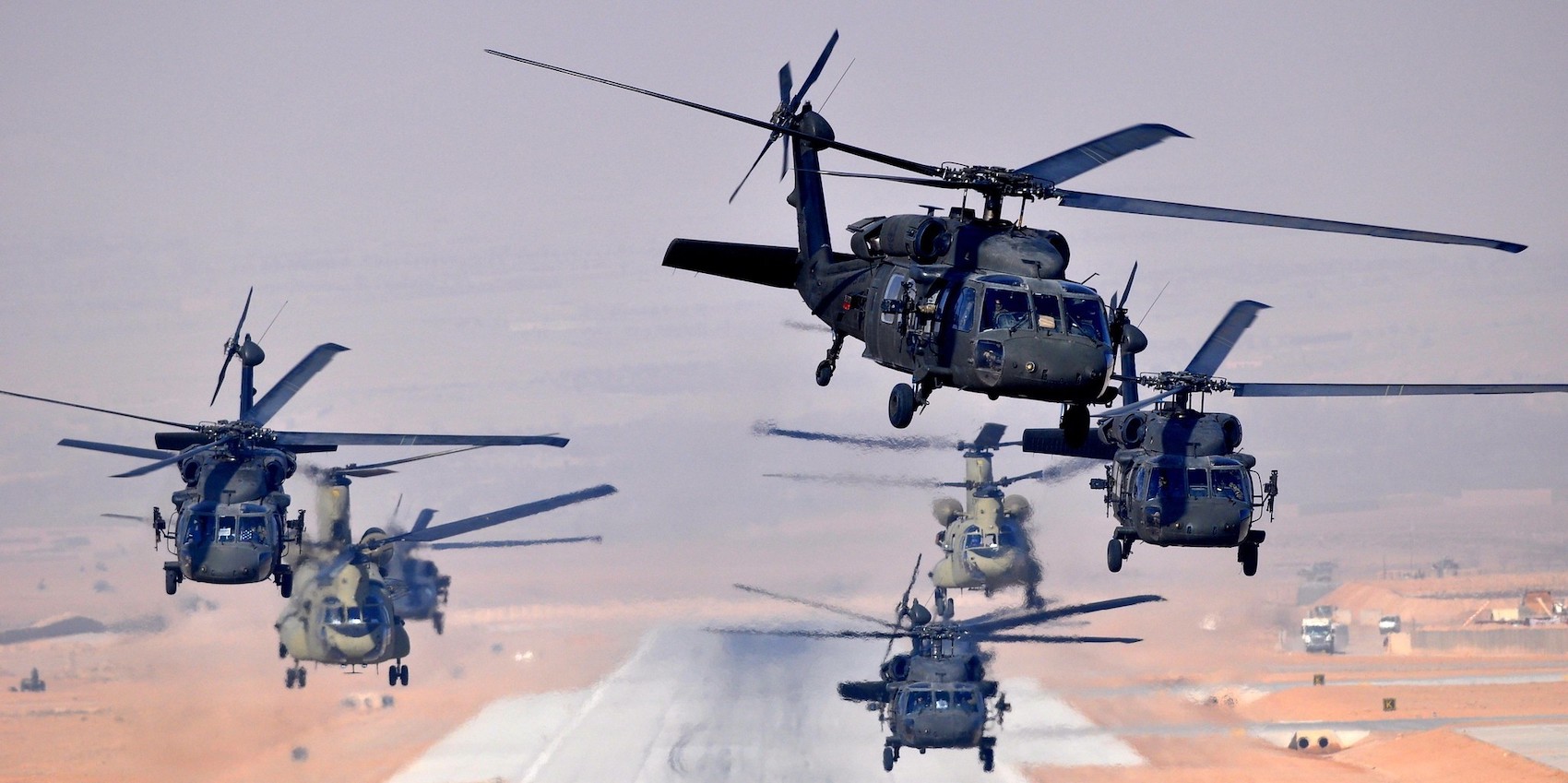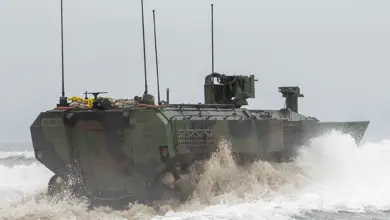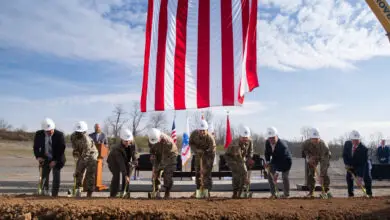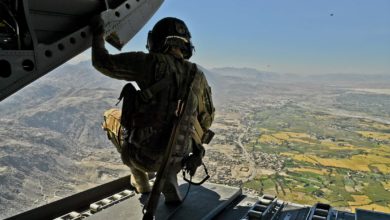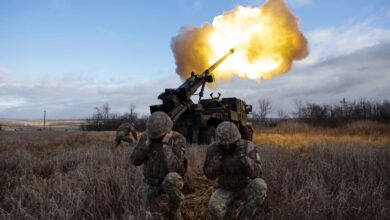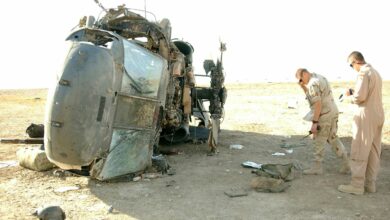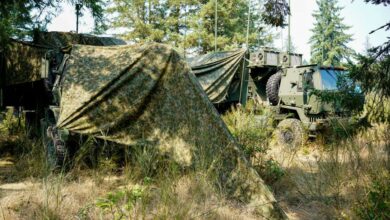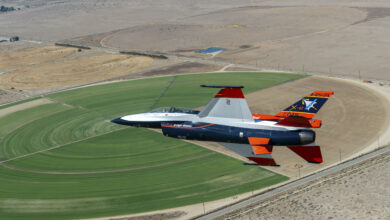US Army Develops More Efficient, Self-Adjusting Turbine Engine Design
Researchers managed to improve the turbine efficiency of the engine by 6.1 percent.
A team of researchers from the US Army and two American universities has developed a new turbine engine design with improved performance through automatic, in-air adjustment of its rotor blades.
The team claims the development will improve performance of a range of vertical-lift, turbine-powered aircraft such as those with turboshaft, turbofan, and turbojet engines.
“Today’s gas turbine engines are optimized to produce peak performance at a single design speed with fixed blade geometries for a specific operating condition,” explained Army aerospace engineering researcher Dr. Luis Bravo.
He further said that this limitation can create performance losses when aircraft don’t operate at the optimal design point, for example during take-off, landing, or sudden maneuvering. “The variable speed concept improves performance by maintaining blade aerodynamic efficiency within the optimum range at all operating conditions,” Bravo added.

Researchers from the US Army Combat Capabilities Development Command (DEVCOM), Army Research Laboratory, Iowa State University, and Brown University used supercomputers to conduct coupled computational fluid dynamics and surrogate model analysis to develop new variable speed concepts, particularly during dynamic movements, said the US Army in a statement.
6.1 Percent More Efficient
The team then demonstrated its simulation framework through the modeling, analysis, and optimization of a T-700 gas-turbine engine that powers the Apache and Black Hawk helicopters.
“High-fidelity modeling provides superior accuracy in turbine engine design,” Bravo noted.
“To reduce the amount of design iterations needed for this high degree of accuracy, we used a surrogate framework, based on a statistical sampling method and a precise optimizer to select the best performance. This achieved optimal design of the gas turbine at a much lower cost.”
The researchers have managed to improve the turbine efficiency of the engine by 6.1 percent and shaft output power by 49 percent.
“Efficient variable-speed engine technology can enable advanced rotorcraft using slowed or optimized rotor configurations to achieve increased speed or range capability,” said Kevin Kerner of the DEVCOM Aviation and Missile Center.

